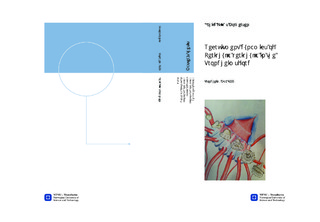| dc.description.abstract | Periphylla periphylla (Péron and Lesueur 1809) is a deep sea coronate scyphomedusa distributed in all oceans of the world, where it is normally found in low abundances. Over the last decades, however, it has established itself in some Norwegian fjords where it has reached very high biomasses and taken over the role as top-predator in the ecosystems. It is naturally adapted to the deep and dark environment of world oceans, but has nevertheless proliferated in comparably shallow waters of many Norwegian fjords. This MSc project aimed at shedding light on the physical factors, environmental characteristics and biological traits which has enabled this jellyfish to establish itself so successfully in the Trondheimsfjord, where it has multiplied rapidly to a large population and to some degree out-competed its ecosystem rivals. The recruitment appears to be a crucial success factor. Thus to achieve the listed goals, studies were focused on the recruitment cycle of the Trondheimsfjord Periphylla periphylla stock, in fresh as well as preserved historical plankton samples from the fjord. The distribution in time and space of the eggs and young specimens of the jellyfish among the plankton in the water column on five fixed plankton sampling locations in the fjord was investigated.The results indicate that Periphylla periphylla spawns continuously in the Trondheimsfjord, with a possible peak in autumn and winter months. The main spawning areas seem to be the middle and inner basins of the fjord (the Ytterøya and Beitstadfjord basins). The pelagic eggs are probably transported outwards from the inner parts of the fjord, as eggs were most abundant on the most coastward sampling station. From its first appearance to a recent peak in population size in the Trondheimsfjord it seems to have taken approximately 10-12 years. | nb_NO |

